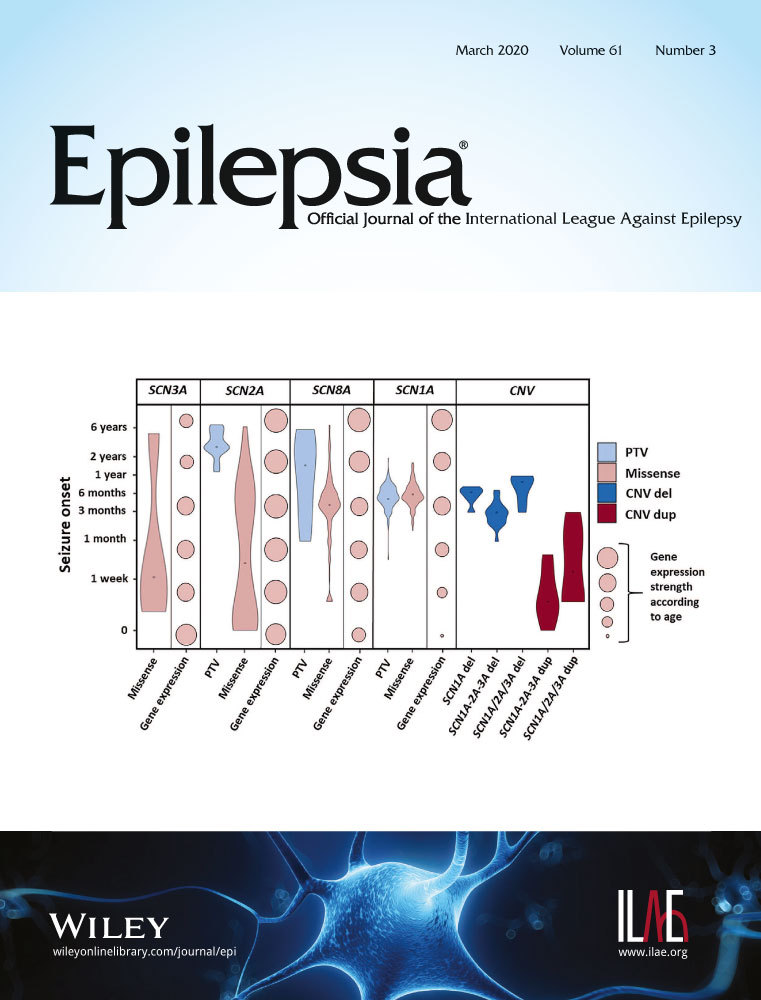Mortality and morbidity of patients with treated and untreated epilepsy in New Zealand
Abstract
Objective
To investigate whether delayed or no treatment was associated with increased mortality and morbidity risks in people with newly diagnosed epilepsy.
Methods
We examined New Zealand hospitalization and antiseizure medication prescription data from 2007-2015. Mortality and hospital-diagnosed morbidities were compared between patients immediately treated after epilepsy diagnosis, treated after a delay, or untreated for the duration of follow-up, adjusted for age, sex, and ethnicity.
Results
Three thousand three hundred sixty-six patients (54.7% male, median age = 37.5 years) were included and followed up for a median of 3.39 years. A total of 3123 (92.8%) patients were treated immediately, 125 (3.7%) had delayed treatment, and 118 (3.5%) were untreated. Compared to the general New Zealand population, the cohort had a standardized mortality ratio of 4.60 (95% confidence interval [CI] = 4.24-4.99). Maori patients were less likely to be treated (Holm-Bonferroni adjusted P = .024) and had higher mortality (hazard ratio [HR] = 1.41, 95% CI = 1.08-1.83). There was a trend of increased mortality in the untreated or delayed treatment group compared to the immediate treatment group (HR = 1.36, 95% CI = 0.99-1.87). Hospitalization risk was similar between untreated and immediately treated periods (P = .83). Untreated or delayed treatment patients had higher risk of acute myocardial infarction (HR = 9.64, 95% CI = 1.83-50.8). Maori patients were more likely to develop liver disease (HR = 4.67, 95% CI = 1.32-16.4) and alcohol or drug dependence (HR = 2.55, 95% CI = 1.44-4.51).
Significance
Most epilepsy patients were treated at diagnosis in New Zealand, but Maori patients had lower treatment rates and worse health outcomes. The apparent increased risk of acute myocardial infarction among the untreated or delayed treatment patients warrants further research.
CONFLICT OF INTEREST
Z.C. is supported by the National Health and Medical Research Council Early Career Fellowship, and has received research grants from the University of Melbourne Early Career Researcher Grant Scheme. P.K. and his institution have received speaker or consultancy fees and/or research grants from Biscayne, Eisai, GW Pharmaceuticals, LivaNova, Novartis, UCB Pharma, and Zynerba. He is supported by the Medical Research Future Fund Practitioner Fellowship. He has received research grants from the National Health and Medical Research Council of Australia. K.J.H. and A.T. report no disclosures relevant to the article. We confirm that we have read the Journal's position on issues involved in ethical publication and affirm that this report is consistent with those guidelines.




